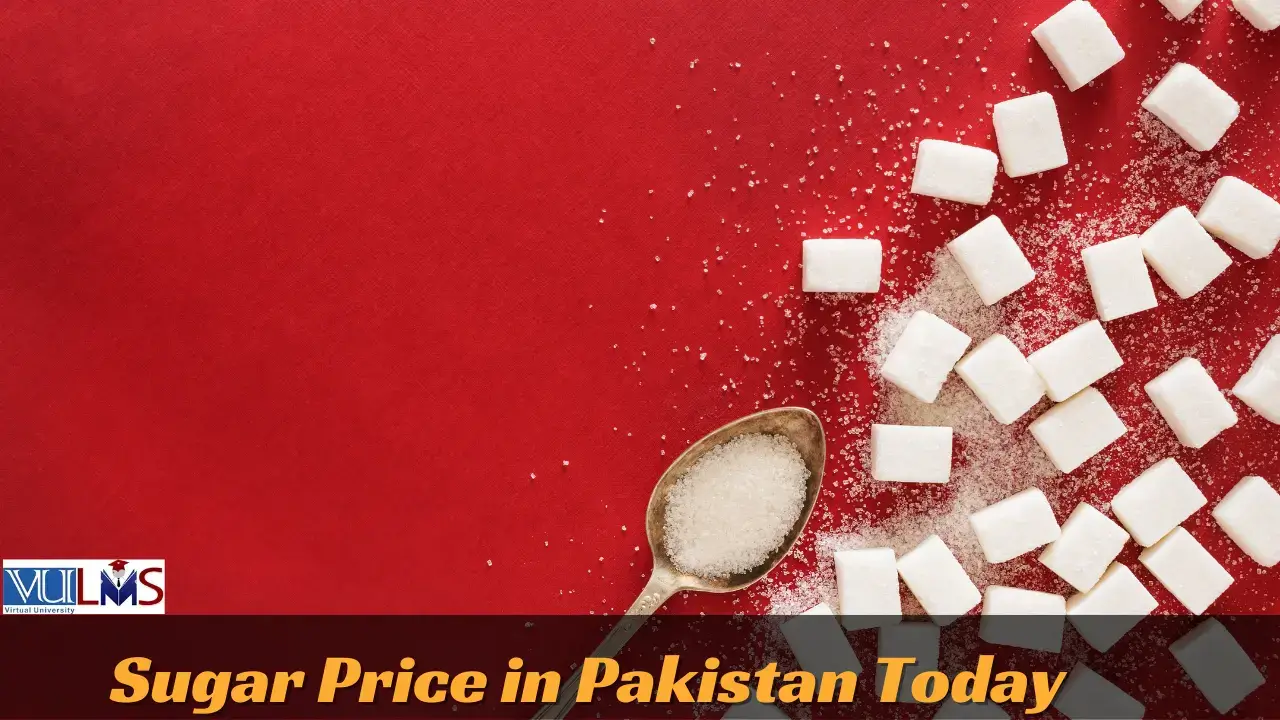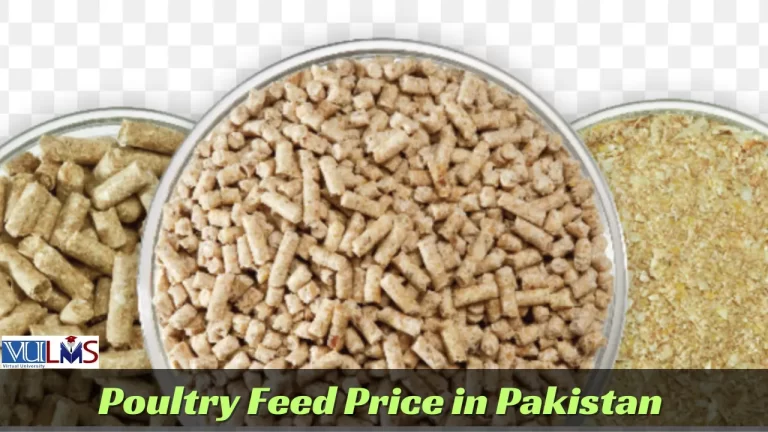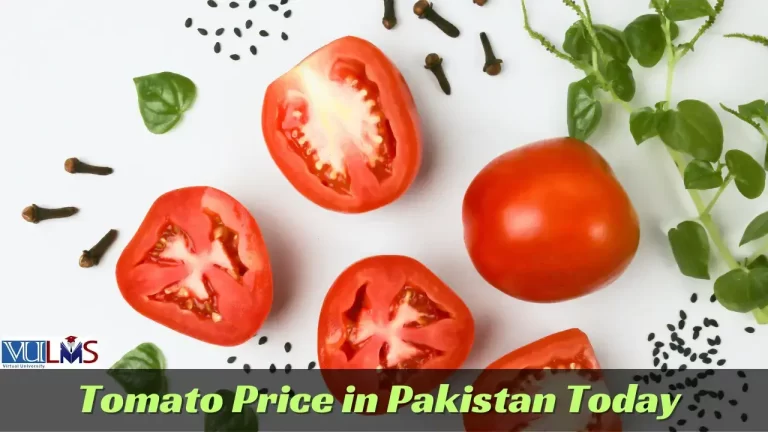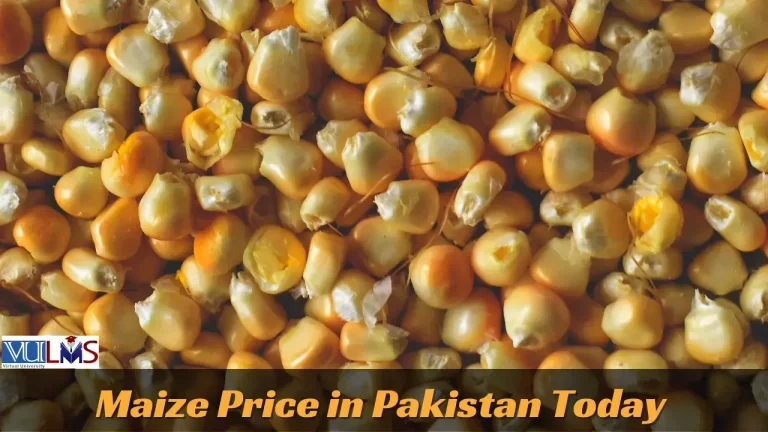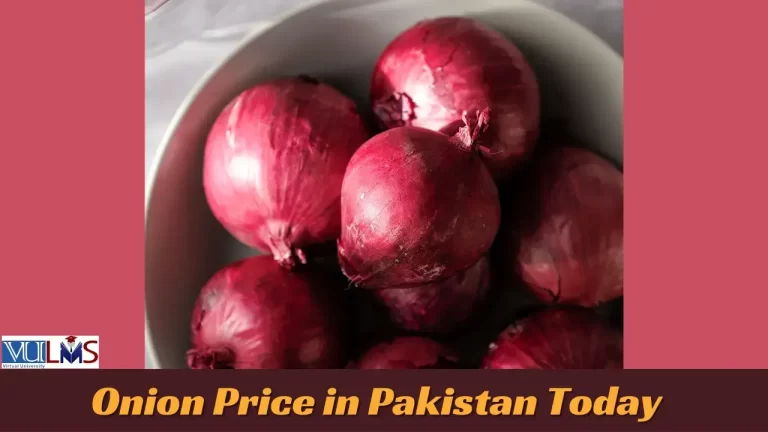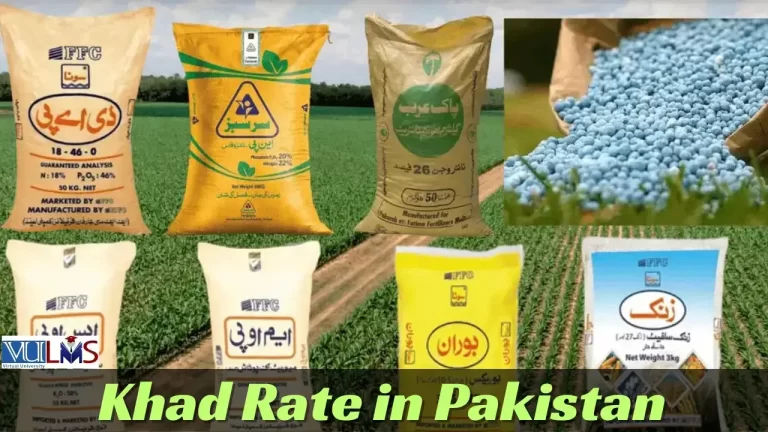Sugar Price in Pakistan Today | 1 KG Cheeni Rate 2024
Are you interested about the Sugar Price in Pakistan for 2024? Sugar, a kitchen essential, is not just a commodity but an integral part of our daily lives. Its price can have a significant impact on our budgets and the overall economy. In this article, we will delve into the fascinating world of sugar rate in Pakistan, exploring the factors that drive fluctuations and how you can manage its cost effectively.
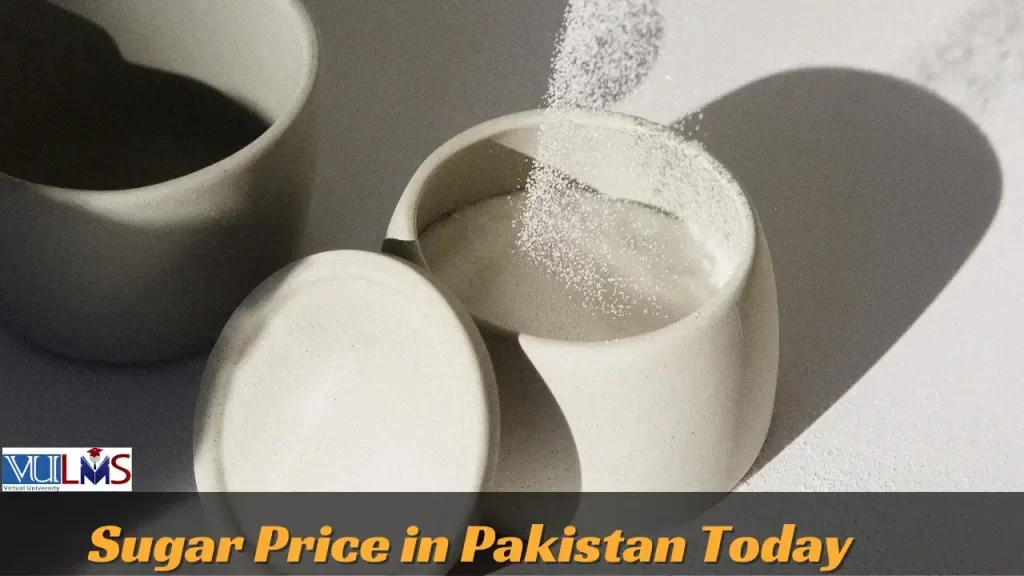
Understanding the Sugar Price in Pakistan
Let’s begin by understanding the current state of sugar prices in Pakistan. As of 2024, the price of sugar in the country varies within a range of Rs 145 to Rs 160 per kilogram. These prices are not just numbers; they reflect the economic dynamics of the nation.
Sugar Price In Punjab
Punjab, the breadbasket of Pakistan, plays a significant role in sugar production. We will explore how sugar prices in Punjab compare to the national average and the factors contributing to these variations.
| Punjab | Minimum Price (Rate) | Maximum Price (Rate) |
| Sugar Rate Per 1 Kg | Rs. 130 | Rs. 150 |
| 50 Kg Bag | Rs. 6,500 | Rs. 7,500 |
| 100 Kg Bag | Rs. 13,000 | Rs. 15,000 |
Sugar Price In Sindh Pakistan
Sindh, another prominent region in sugar production, has its own unique set of challenges and opportunities. We’ll look at how Sindh’s sugar prices stack up and what influences them.
| Sindh | Minimum Price (Rate) | Maximum Price (Rate) |
| 1 Kg Sugar Price | Rs. 140 | Rs. 150 |
| 50 Kg Bag | Rs. 7,000 | Rs. 7,500 |
| 100 Kg Bag | Rs. 14,000 | Rs. 15,000 |
Sugar Price In Balochistan
Balochistan, with its distinct geographical and economic landscape, faces a different scenario when it comes to sugar prices. We’ll dive into the details of sugar prices in this region.
| Balochistan | Minimum Price (Rate) | Maximum Price (Rate) |
| 1 Kg Cheeni Rate | Rs. 140 | Rs. 150 |
| 50 Kg Bag | Rs. 7,000 | Rs. 7,500 |
| 100 Kg Bag | Rs. 14,000 | Rs. 15,000 |
Sugar Price In KPK
Khyber Pakhtunkhwa (KPK) has its own sugar market dynamics. We’ll examine how sugar prices in KPK compare to other regions and what makes them unique.
| KPK | Minimum Price (Rate) | Maximum Price (Rate) |
| 1 Kg Cheeni Price | Rs. 140 | Rs. 155 |
| 50 Kg Bag | Rs. 7,000 | Rs. 7,750 |
| 100 Kg Bag | Rs. 14,000 | Rs. 15500 |
Also Read:
Wheat Rate In Pakistan Today | Gandum Price per 40 KG
Cotton Rate in Pakistan Today | Phutti Price in Market
Factors Driving Sugar Price Fluctuations in Pakistan
The world of sugar pricing is far from static. It’s a dynamic realm influenced by a myriad of factors, both internal and external, that can cause sugar prices to fluctuate. Understanding these drivers is crucial for anyone interested in predicting, responding to, or profiting from these fluctuations. Here, we delve into the primary factors that play a pivotal role in driving sugar price shifts:
Supply and Demand Dynamics:
The fundamental law of supply and demand strongly governs the sugar market. When sugar production exceeds consumption, prices tend to drop, while shortages can lead to price spikes. Factors such as crop yields, weather conditions, and planting decisions by sugar producers can all influence the supply-demand balance.
International Market Influences:
The interconnected nature of global trade means that international sugar markets have a substantial impact on domestic prices in Pakistan. World sugar prices, currency exchange rates, and trade agreements can all influence how much you pay for sugar in Pakistan.
Weather Conditions and Crop Yields:
Mother Nature wields significant power in the sugar industry. Favorable weather conditions, including adequate rainfall and temperatures, are essential for a bountiful sugar harvest. Conversely, droughts, floods, or other weather-related disasters can disrupt production and affect prices.
Trade Policies and Tariffs:
Trade policies and tariffs are pivotal players in the sugar market, influencing both the domestic production and international trade of this sweet commodity. In this section, we’ll explore the impact of trade policies and tariffs on the sugar industry, highlighting their role in shaping sugar prices in Pakistan.
Government Policies and Their Impact
Government policies and regulations wield substantial influence over the sugar industry, shaping the market and impacting the prices consumers pay for this sweet commodity. In this section, we’ll delve into the role of government policies and their effects on the sugar market in Pakistan.
Sugar Subsidies and Price Controls
- Subsidies: Governments may provide subsidies to sugar producers to keep prices lower. These subsidies can result in an oversupply of sugar, potentially leading to lower market prices
- Price Controls: In some cases, governments set maximum retail prices for sugar. This ensures that consumers can purchase sugar at a fixed, affordable price.
- Import and Export Restrictions: Governments may impose import restrictions on sugar to protect domestic producers, or they may promote sugar exports to generate revenue. These restrictions can affect both domestic supply and international trade.
The Impact of Policies on Sugar Prices
- Consumer Benefit: Price controls and subsidies can make sugar more affordable for consumers, ensuring it remains a kitchen staple for many households.
- Producer Support: Subsidies and protectionist policies can provide support to domestic sugar producers, ensuring their financial stability.
- Market Distortions: However, these policies can also lead to market distortions. Subsidies may result in overproduction, leading to surpluses that can depress prices. Price controls can create artificial scarcity or surplus, impacting the equilibrium of supply and demand.
- Trade Implications: Import and export restrictions can affect the availability of sugar in the domestic market. Excess sugar, due to subsidies, may be exported at lower prices, affecting global markets. Import restrictions can protect local producers but may lead to higher domestic prices.
Consumer Strategies for Managing Sugar Costs
Managing sugar costs is not only a matter of budgeting but also an essential skill for navigating your household expenses effectively. In this section, we’ll explore practical strategies and tips that can help you sweeten your savings while still enjoying your favorite sugary delights.
Buy in Bulk:
Buying sugar in bulk can save you money in the long run. Purchase larger quantities when prices are low or when discounts are available. Just make sure you have proper storage containers to keep your sugar fresh.
Store Sugar Properly:
Proper storage can prevent sugar from clumping or getting spoiled. Use airtight containers to keep moisture out and extend the shelf life of your sugar.
Shop for Sales and Discounts:
Keep an eye on sales, discounts, and promotions offered by grocery stores. Stock up when prices are lower than usual.
Use Sugar Substitutes:
Consider using sugar substitutes like stevia or erythritol in recipes and beverages. These alternatives can be sweeter for your budget and your health.
Also Read:
Rice Price in Pakistan | Chawal Rate in Market
Conclusion of Sugar Price in Pakistan
In conclusion, the Sugar Price in Pakistan for 2024 is a topic of great importance for consumers and the economy as a whole. Understanding the factors affecting sugar prices, the regional variations, and effective cost management strategies is crucial for everyone. Keep these insights in mind as you navigate the ever-evolving world of sugar prices in Pakistan.
FAQs (Frequently Asked Questions)
Sugar prices can be influenced by a variety of factors, including supply and demand, weather conditions, government policies, and international market trends. Predicting exact price movements can be challenging, but staying informed about these factors can help you make more informed forecasts.
International sugar markets play a significant role in Pakistan’s sugar pricing. Prices in global markets, influenced by factors such as sugar production in other countries, currency exchange rates, and trade agreements, can impact the cost of sugar in Pakistan.
To protect themselves from sudden sugar price hikes in Pakistan, consumers can consider strategies such as buying sugar in bulk when prices are low, exploring sugar alternatives, using coupons and rewards, and planning their meals and snacks to avoid impulse purchases.
Government policies in Pakistan, like in many other countries, aim to strike a balance between supporting sugar producers and ensuring sugar remains affordable for consumers. Policies can include subsidies, price controls, and import/export restrictions. The impact on producers and consumers may vary based on the specific policies in place.
Balochistan, with its distinct geographical and economic landscape, faces unique challenges in the sugar supply chain. These challenges may include transportation difficulties due to the region’s terrain, varying climate conditions affecting crop yields, and specific market dynamics influenced by the local economy. Understanding these challenges is essential for efficient sugar production and distribution in Balochistan.

